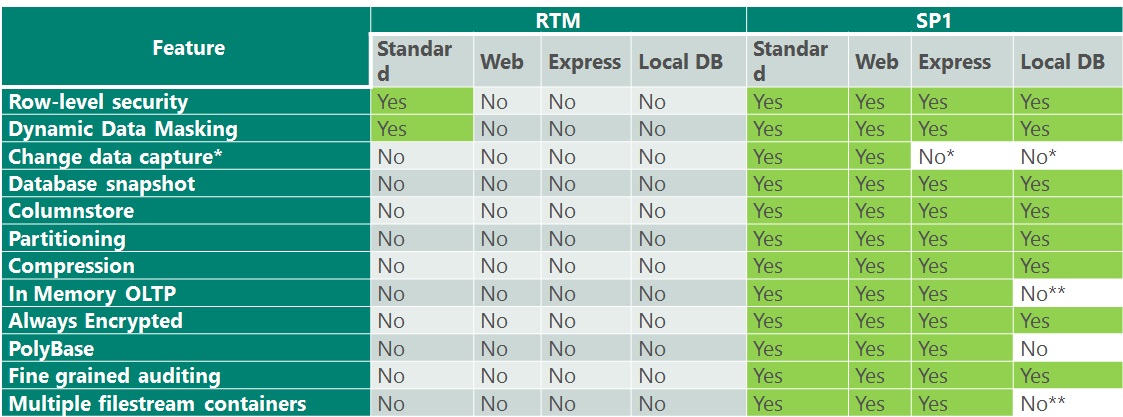It’s said that “promises are made to be broken”. Surely database administrators don’t fall in that category? It’s that time of the year to keep up with the tradition and pledge to make some improvements.
In this day and age, it’s absolutely vital to move at the same pace as the database systems.
But how do DBAs reduce time spent on the daily chores to allow them to progress and be more productive?
Here are 5 important tips I’ve mentioned to work smarter and beat those issues before they beat you.
Here’s our suggested list of top 5 resolutions that you may wish to take on:
1) Performance baselining and benchmarking
What separates a good DBA from a great one? Capturing performance baselines and benchmarks is one of the skills that highlights that, because understanding the effect of the change you are making could potentially save you and your company a huge amount of time and money.
Whilst the initial time/resource needed to set this up is high and requires a great deal of knowledge from hardware (CPU/memory) to very specific database configurations, the benefits are well documented and there are a number of tools available to help.
2) Capacity planning
Inadvertently, capturing relevant baselines can also help you with capacity planning. Understanding the CPU usage, memory pressures and disk storage utilisation on your servers can be used to extrapolate future requirements based on your current growth rate and usage. Your infrastructure team will not be able to address this until your servers start throttling on one of these resources. Avoid the bottlenecks by addressing the problems before they hit you!
3) Keeping current with the latest releases
Updates and service packs contain critical bug fixes, security updates, enhancements and occasionally feature availability.
Just look at the features Microsoft made available in 2016 SP1:
Staying on top of the releases helps to reduce vulnerabilities, maximize efficiencies, improve supportability and innovate with new features and enhancements. However, it’s important to introduce any patches through the development life cycle to avoid any surprises.
4) Performance monitoring and optimizing
Reviewing performance of your databases is not a one-off exercise, but a continual improvement process. When you optimize performance of your databases you do so based on the current state, hardware, workload and usage. As your database grows one or more of those variables will change and that has a direct impact on the performance. This is why performance monitoring is so important in this continuously changing environment. There’s plenty of tools available in the market to help you with this. Feel free to evaluate them. Moreover, if you are carrying out long term performance baselines then you could also compare those metrics to understand the pressure points and alleviate them.
5) Backups, Restores and DBCC CHECKDB
The push for making sure your backups are intact is never going to go away. Ensuring that these backup files are not corrupted and can be restored is even more important. If/when a disaster strikes and you are unable to recover within the RPO/RTO objectives laid out by your company then your neck is on the line. That says it all, really!
Be a proactive DBA, be a great DBA – it’s time to take that step forward.
Have you taken any resolutions to become a better database administrator/developer in 2017?
What are they?
The post DBA Resolutions appeared first on SQLYSE.



